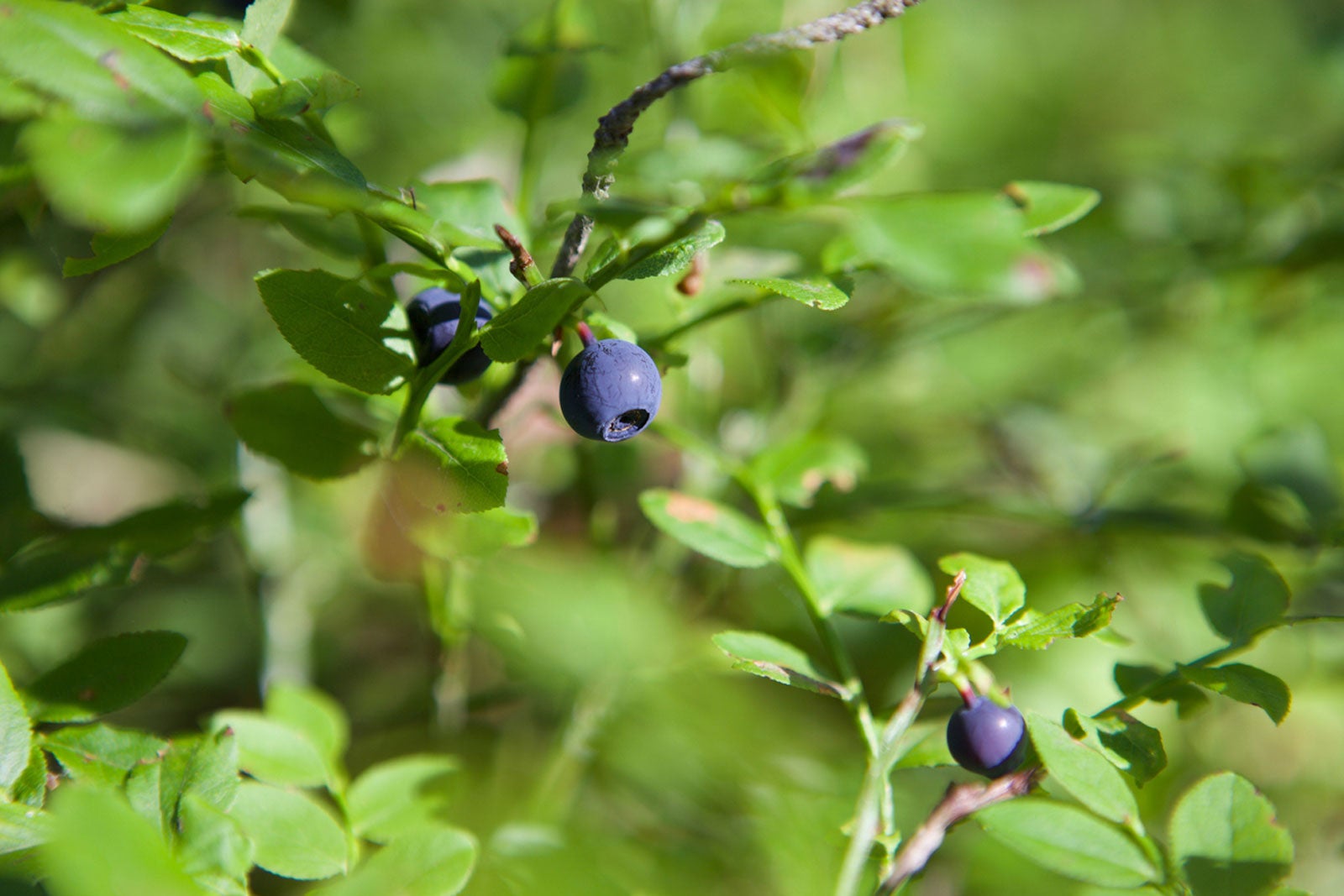What Is A Food Forest Hedge – How To Grow An Edible Hedge


Are you planning to add a privacy screen or row of hedges to your home landscape? Why not throw tradition out the window? Instead of a row of clipped boxwoods or tall arborvitae, try a sustainable, edible hedge. Transform the old idea into a diversified border of small fruit and nut trees, berry-producing shrubs, and perennial herbs and vegetables.
Growing Hedges Made of Edible Plants
By making the hedgerow productive, it now is useful for more than one purpose. The food forest hedge can be staggered to incorporate more plant material, thereby increasing its sustainability. The variety of plants should keep the incidence of disease low, while attracting many beneficial insects to the hedge, as well as the whole yard.
Use edible hedges to separate garden rooms, provide a privacy screen or shade, create a living fence, or hide ugly structures. Be creative! They don’t have to be aligned with the edges of the property.
How to Make a Food Hedge
It’s easy and fun to design an edible hedge. Keep space in mind as you select plant material that will grow tall and wide. Trees should be small with low branches. Choose plants that are easily propagated to save money on replacements or filling in. Select plant material with thorns when creating a protective barrier.
Include perennial vegetables and herbs such as oregano, chives, rosemary, rhubarb, and artichoke. Perennials are preferred over annuals because they return year after year and require little maintenance or expense.
Suggestions for small trees:
Suggestions for shrubs:
Sign up for the Gardening Know How newsletter today and receive a free copy of our e-book "How to Grow Delicious Tomatoes".
For evergreen edible hedge plants in warmer climates, consider:
- Olive, zones 8-10
- Pineapple guava, zones 8-10
- Lemon guava/strawberry guava, zones 9-11
- Chilean guava, zones 8-11
- Oleaster, zones 7-9
The choices are many and varied; choose your favorite edible plants that do well in your climate. Then enjoy a low-maintenance food forest hedge!

After graduating from Oklahoma State University with a degree in English, Susan pursued a career in communications. In addition, she wrote garden articles for magazines and authored a newspaper gardening column for many years. She contributed South-Central regional gardening columns for four years to Lowes.com. While living in Oklahoma, she served as a master gardener for 17 years.